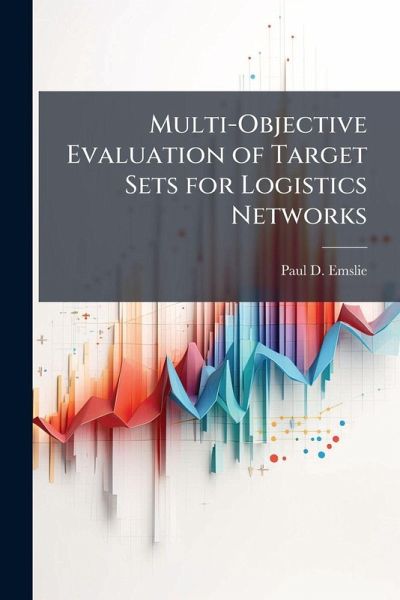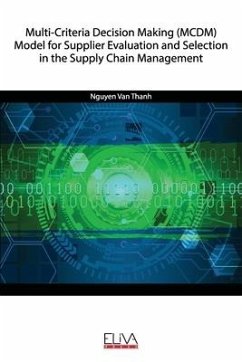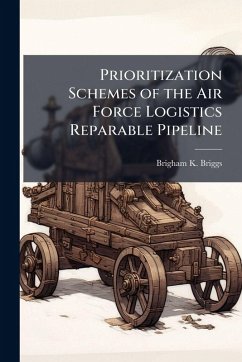
Multi-Objective Evaluation of Target Sets for Logistics Networks
Versandkostenfrei!
Versandfertig in über 4 Wochen
18,99 €
inkl. MwSt.
Weitere Ausgaben:

PAYBACK Punkte
9 °P sammeln!
This thesis addresses the selection of target sets to disrupt an adversary's logistics network. In the presence of many objectives-such as reducing maximum flow, lengthening routes, avoiding collateral damage, all at minimal risk to our pilots-the problem of determining the best target set is complex. Previous efforts have not adequately considered the value of the remaining network functionality after target destruction. In addition, current network targeting procedures optimize a single metric. This thesis uses a multi-objective decision analysis framework capturing actual targeting decision...
This thesis addresses the selection of target sets to disrupt an adversary's logistics network. In the presence of many objectives-such as reducing maximum flow, lengthening routes, avoiding collateral damage, all at minimal risk to our pilots-the problem of determining the best target set is complex. Previous efforts have not adequately considered the value of the remaining network functionality after target destruction. In addition, current network targeting procedures optimize a single metric. This thesis uses a multi-objective decision analysis framework capturing actual targeting decision-maker values and preferences to evaluate and analyze ten alternative target sets. Sensitivity analysis and persistency analysis on the results give insight as to how to select better target sets to meet stated strategic objectives. This work has been selected by scholars as being culturally important, and is part of the knowledge base of civilization as we know it. This work was reproduced from the original artifact, and remains as true to the original work as possible. Therefore, you will see the original copyright references, library stamps (as most of these works have been housed in our most important libraries around the world), and other notations in the work. This work is in the public domain in the United States of America, and possibly other nations. Within the United States, you may freely copy and distribute this work, as no entity (individual or corporate) has a copyright on the body of the work. As a reproduction of a historical artifact, this work may contain missing or blurred pages, poor pictures, errant marks, etc. Scholars believe, and we concur, that this work is important enough to be preserved, reproduced, and made generally available to the public. We appreciate your support of the preservation process, and thank you for being an important part of keeping this knowledge alive and relevant.












